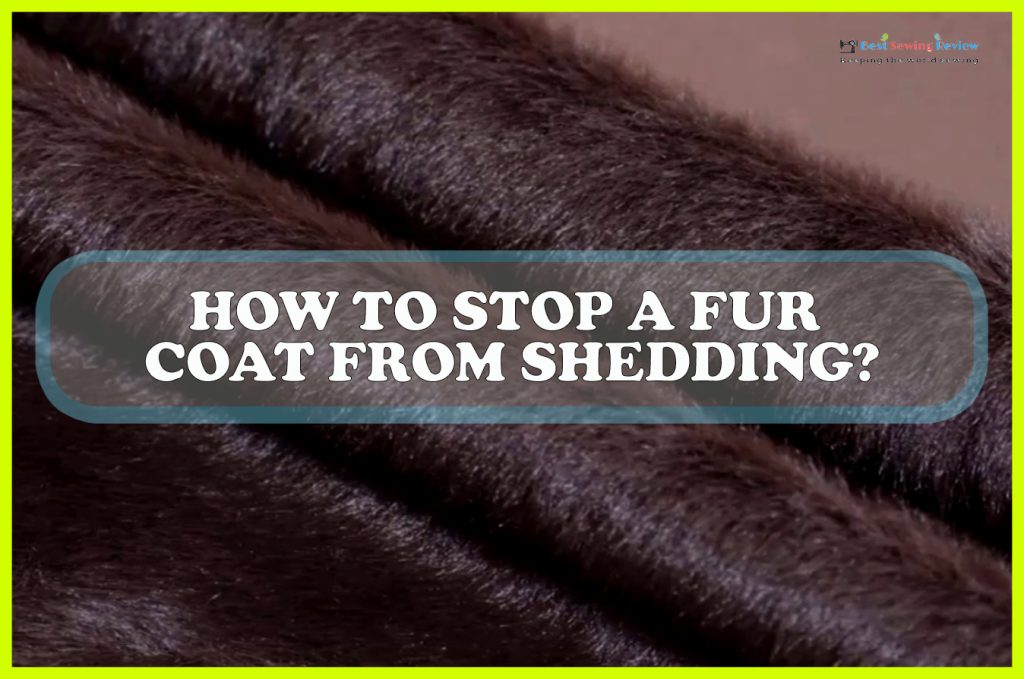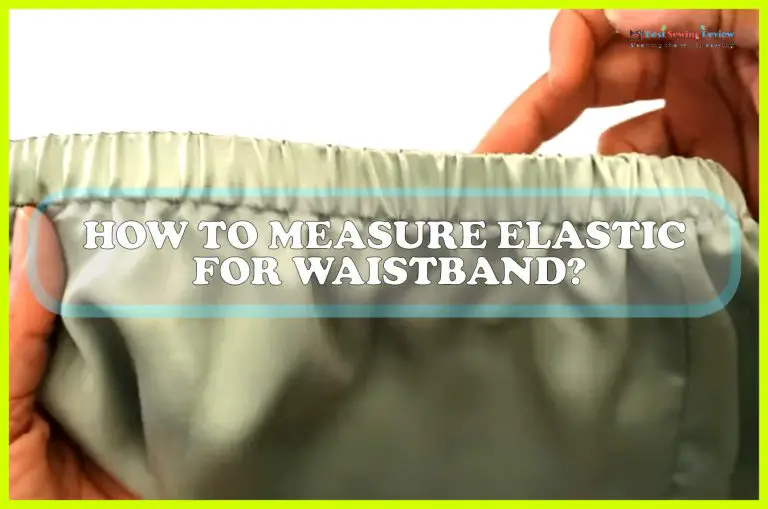Fur coats are beautiful and luxurious, but they can be a shedding nightmare. Follow these tips to help keep your coat looking fabulous and minimize the amount of fur that ends up on your furniture and clothing. 1. Gently brush the coat with a soft-bristled brush before wearing it to help loosen any dead or loose hair.
2. Hang your coat on a wide hanger when you’re not wearing it so that the weight of the coat doesn’t pull down on the fibers and cause them to shed more. 3. Store your fur in a breathable garment bag when you’re not using it to protect it from dust, dirt, and other elements that could cause it to shed more excessively. 4. Take your fur to a professional for regular cleaning and conditioning treatments which will help reduce shedding as well as keep the coat looking its best.
- If you notice your fur coat starting to shed, take it to a professional furrier for cleaning and repair as soon as possible
- If you cannot get to a furrier right away, try using a lint roller or tape to remove the shedding fur from your coat
- Once you have removed the excess fur, brush your coat with a soft-bristled brush to help redistribute the natural oils in the skin and prevent further shedding
- If brushing does not seem to be helping, consult a professional furrier for advice on how to stop your particular fur coat from shedding

What to Do If Fur Coat is Shedding?
If your fur coat is shedding, there are a few things you can do to help minimize the shed. First, avoid wearing the coat in humid weather – this will help prevent the coat from absorbing moisture which can cause it to shed more. Second, invest in a good quality brush and brush the coat regularly – this will help loosen any dead hair and allow it to fall out naturally.
Finally, take the coat to a professional furrier for an annual cleaning – this will remove any build-up of dirt and oil that can lead to excessive shedding.
How Do You Get Fake Fur to Stop Shedding?
If you’ve ever owned a piece of clothing with fake fur, you know that one of the most annoying things about it is the shedding. Fake fur sheds constantly, leaving little tufts of fuzz all over your clothes and furniture. It’s frustrating, but there are ways to reduce the shedding and keep your fake fur looking its best.
One way to reduce shedding is to regularly brush the fur with a soft-bristled brush. This will help loosen any tangled fibers and remove any dirt or debris that may be causing the fur to shed more than usual. You can also try using a lint roller on your fake fur garment to pick up any loose fibers before they have a chance to fall off and create a mess.
Another way to keep fake fur from shedding is to store it properly when you’re not wearing it. Avoid hanging fake fur garments in your closet as this can cause the fibers to stretch out and shed more easily. Instead, fold them neatly and store them in a breathable fabric bag or box until you’re ready to wear them again.
When fake fur gets wet, it’s also more likely to shed, so be sure to let it air dry completely before storing it away again. With proper care and storage, you can minimize the amount of shedding that occurs with fake fur garments. By following these tips, you can keep your fake fur looking great for many years – without creating a giant mess in your home!
Should a Fur Coat Shed?
One of the main reasons people wear fur coats is because they are durable and last a long time. If you take good care of your fur coat, it can last for many years. However, one thing you may notice about your fur coat over time is that it starts to shed.
This is perfectly normal and nothing to be concerned about. In fact, shedding is actually a sign that your fur coat is healthy! Here’s a closer look at why fur coats shed and what you can do to minimize shedding:
Why Do Fur Coats Shed? Fur coats shed because the individual hairs are attached to the skin with a follicle. As the follicle grows, it pushes the hair out.
This process is called molting and happens in all animals with fur (including humans!). The rate of molting varies depending on the type of animal, but most animals molt at least once a year. For example, rabbits molt every 3-4 months while foxes molt just once a year.
Molting usually occurs in response to changes in temperature or light exposure. For example, animals will typically shed more during the spring as the days start getting longer (and warmer). Similarly, some animals will also shed more during the fall as the days start getting shorter (and cooler).
Molting helps keep an animal’s coat looking its best by getting rid of any old or damaged hair. It also helps regulate an animal’s body temperature by increasing or decreasing insulation as needed. How Can I Minimize Shedding?
Does All Faux Fur Shed?
When it comes to faux fur, there are a lot of different types and each type has its own shedding characteristics. In general, though, all faux furs will shed to some degree – even if it’s just a few loose fibers here and there. The amount of shedding will depend on the quality of the fur and how well it’s been cared for.
Higher quality furs that have been well-maintained are less likely to shed than cheaper furs that haven’t been as well looked after. To help keep shedding under control, regular brushing is a must. This will help to remove any loose fibers before they have a chance to fall out on their own.
It’s also important to avoid storing your faux fur in humid or damp conditions as this can cause the fibers to break down and shed more easily.
How to Stop Faux Fur Fabric from Shedding??
How to Stop Faux Fur Fabric from Shedding
If you’re the proud owner of a faux fur garment, you know that one of the downsides is shedding. Faux fur fabric is made from synthetic materials, which means that the fibers can be easily loosened and shed. The good news is that there are a few things you can do to help keep your faux fur looking great and minimize shedding.
Here are a few tips for how to stop faux fur fabric from shedding: 1. Brush it regularly – Brushing your faux fur garment regularly with a soft-bristled brush will help to loosen any shed fibers and prevent them from matting down. Be sure to brush in the direction of the grain to avoid damaging the fibers.
2. Store it properly – When you’re not wearing your faux fur garment, be sure to store it in a cool, dry place out of direct sunlight. This will help to prevent any premature fading or damage to the fibers. 3. Avoid getting it wet – Water can cause synthetic fibers to swell and loosen, so it’s best to avoid getting your faux fur wet if possible.
If you must clean it, spot clean only using a mild detergent and let it air dry completely before storing or wearing it again.
My Faux Fur Coat is Shedding
If you’re anything like me, you love the look of a fabulous faux fur coat. They’re chic, they keep you warm, and they make any outfit look instantly more glam. But there’s one downside to faux fur coats: they tend to shed.
A lot. I’ve had my fair share of shedding coats and let me tell you, it’s not fun. You’ll find little pieces of fur everywhere – on your clothes, in your car, on your furniture… it’s endless.
And it’s not just a few stray hairs either – we’re talking major shedding here. So what can you do to minimize the shedding from your faux fur coat? Here are a few tips:
1. Brush your coat regularly with a soft-bristled brush. This will help loosen any shedding fibers and prevent them from ending up all over your wardrobe. 2. Store your coat in a cool, dry place when you’re not wearing it.
Heat and humidity can cause shedding to worsen, so keep your coat out of harm’s way when possible.
Faux Fur Shedding Spray
If you have a faux fur coat, chances are you’re worried about it shedding. Faux fur shedding is a common problem, but there are ways to prevent it. One way is to use a faux fur shedding spray.
Faux fur shedding spray is designed to help keep your faux fur from shedding. It works by creating a barrier between the individual fibers of the fur and the environment.
How to Stop a Coat from Shedding
If you’re looking to keep your home clean and free of shedding fur, there are a few things you can do to stop your coat from shedding. First, avoid using harsh shampoos or detergents on your coat. These can strip the natural oils from the fur, causing it to dry out and shed more.
Instead, opt for a gentle, hypoallergenic shampoo designed specifically for pets. You should also brush your pet’s fur regularly with a soft-bristled brush to remove any loose hair before it has a chance to shed onto your furniture or clothing. Finally, make sure your pet is getting enough omega-3 fatty acids in their diet – this help to promote healthy skin and fur.
Conclusion
Most people don’t realize that their fur coat is shedding because they only notice the hair on their clothing. However, if you take a closer look, you’ll see that your fur coat is actually losing a lot of hair. There are several things that you can do to stop your fur coat from shedding.
First, you need to make sure that you’re brushing your fur coat regularly. This will help to remove any dead hair and also stimulate the growth of new hair. You should also avoid wearing your fur coat in humid environments, as this can cause the hair to become frizzy and start to shed more easily.
Finally, you should have your fur coat professionally cleaned every few months to remove any build-up of dirt and oil which can also contribute to shedding.

